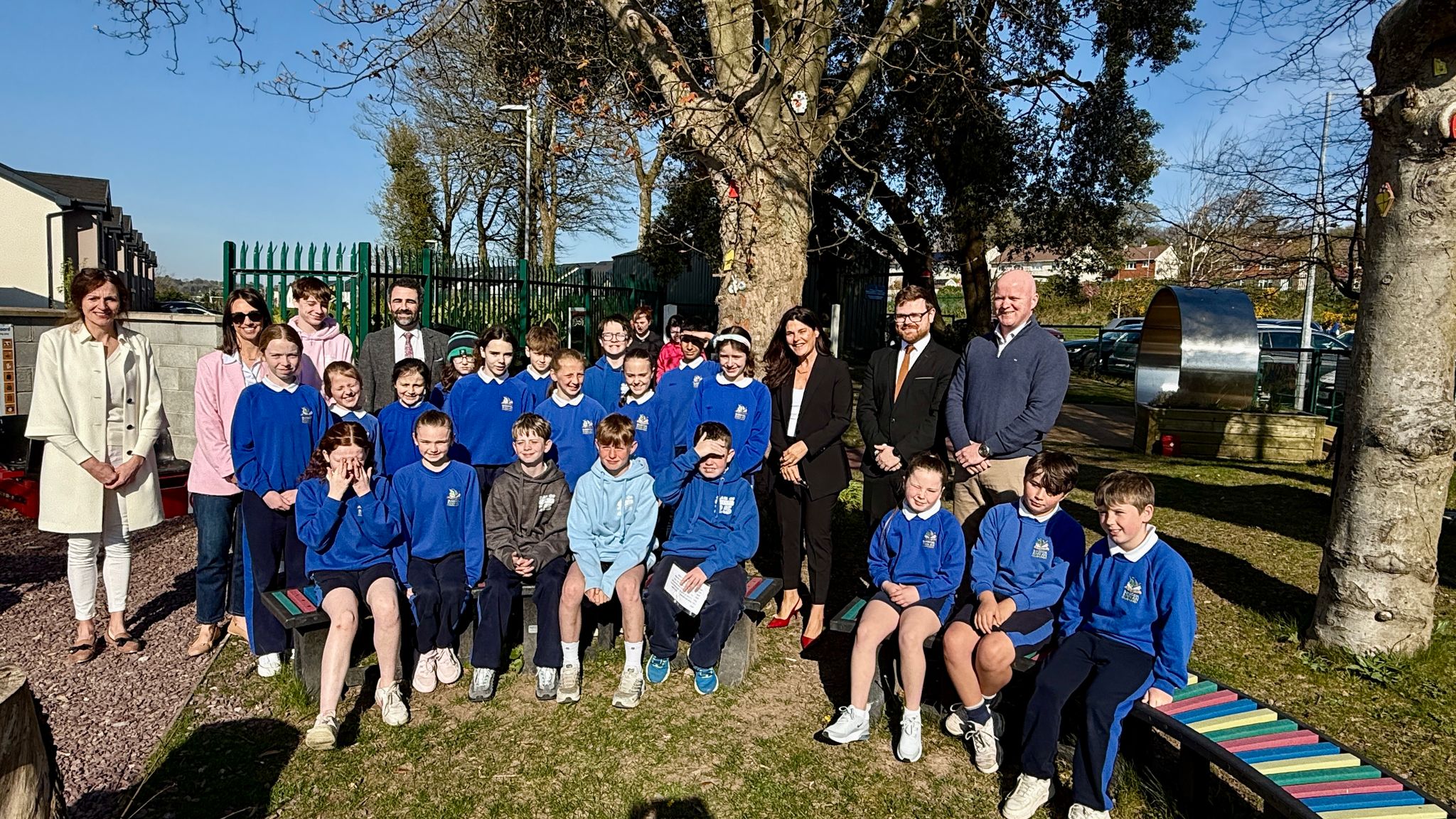
Cobh Harbour to Host Ireland’s First Living Seawalls in Cork
Cobh is the site of Ireland’s first Living Seawalls in Cork, an innovative project led by UCC that will transform a section of the town’s harbour into a thriving habitat for marine life.
University College Cork (UCC), through the School of Biological, Earth & Environmental Sciences and the UCC Sustainability Institute, has announced the installation of the Living Seawalls in Cork by Marine Ecologist Dr Louise Firth, Senior Lecturer in Environmental Sustainability. It represents the first initiative of its kind in Ireland, adapting international best practice to Irish waters.
Living Seawalls are designed to transform traditional coastal infrastructure into habitat that supports marine life. By adding modular panels and textured surfaces to an otherwise flat and inhospitable wall, the structures provide shelter and feeding opportunities for a wide range of species. Originally developed in Australia, the concept has been shown to encourage biodiversity and strengthen ecological resilience in urban marine environments.
“By installing Living Seawalls in Cork, Ireland is joining a growing global network of coastal cities testing innovative ways to enhance biodiversity and resilience along our shores,” notes Dr Firth.
The Cobh installation will provide new habitat for algae, invertebrates, juvenile fish and other organisms, helping to increase species richness in the harbour and contributing to healthier food webs. In addition to ecological benefits, the structures can improve water quality through the growth of filter-feeding species and enhance shoreline stability by encouraging biological growth that binds surfaces together.
The project will be closely monitored by UCC researchers before and after installation, producing data on how well these techniques function in the temperate conditions of the south coast of Ireland. The results are expected to inform future approaches to coastal infrastructure and climate adaptation strategies nationwide.
Community engagement is at the heart of the project. Local schools, community groups, and citizen scientists will be invited to take part in monitoring and educational activities, while the seawall itself doubles as a public resource that connects people with their marine environment. The installation also brings together science, education, and art, creating a space where innovation, knowledge exchange, and creativity meet to reimagine how we live with the sea.
The project is being developed in collaboration with the Port of Cork and Research Ireland. If successful, the Living Seawalls in Cork could serve as a model for similar projects across Ireland and beyond, showcasing how science, sustainability and engineering can work together to reimagine coastal infrastructure.





